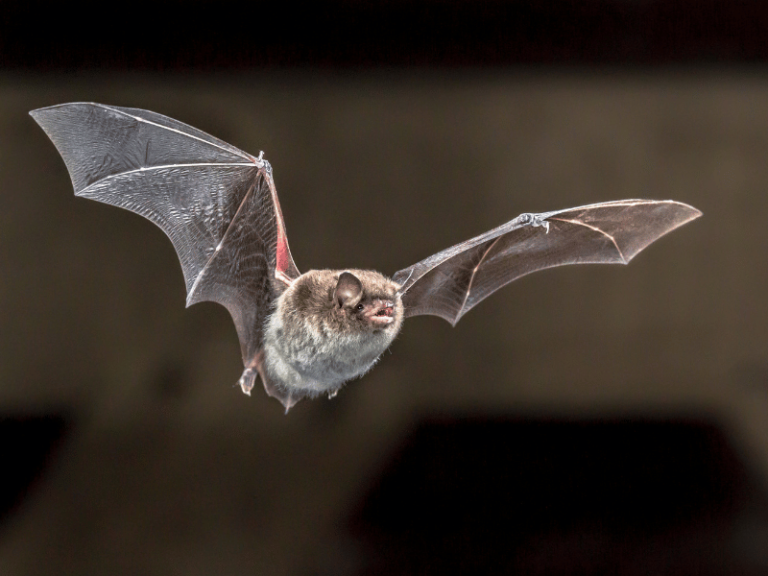In the summer evenings, under eaves or in courtyards, we often see bats flying low in the air, emitting squeaking sounds as they fly. In the past, older folks would say “bats are transformed from mice.” However, others consider bats to be a kind of bird. So what exactly are bats? Are they transformed mice, or are they a type of bird? Let’s first examine whether bats are transformed from mice. Bats have wings for flying, whereas mice never have wings. Mice have long tails, which bats do not. Bats live in high mountain caves or under the eaves of houses, while mice live in underground burrows. Therefore, in all these aspects, bats and mice are completely different.
Then, are bats birds? No, bats are not birds; they are completely different from birds as well. Birds have beaks made of keratin and do not have teeth in their mouths, which helps reduce weight and aids in flight. Birds also have a crop and a gizzard in their digestive system to store and grind food with the aid of grit. Bats, on the other hand, have small teeth in their mouths and lack a crop and gizzard.
So what exactly are bats?
Bats are flying mammals. This answer might seem strange to children. Aren’t mammals supposed to have four legs for walking on the ground, like tigers and lions? Why then are bats also considered mammals despite being small and flying?
Although bats do not walk on all fours like large mammals, they do have four limbs; their forelimbs are specialized with a thin membrane of skin between the front and rear limbs, which forms what we commonly call “wings” of the bat. In reality, the wing membrane of bats is structurally different from the wings of birds. Bats also have soft fur on their bodies, just like other mammals. Additionally, bats give birth to live young, and the baby bats cling to their mother’s body and feed on milk, whereas birds, as we all know, lay eggs. Therefore, in every aspect, bats are indeed true mammals.
Bats consume large quantities of insects, and their droppings can be used as fertilizer, making them very beneficial to humans.

